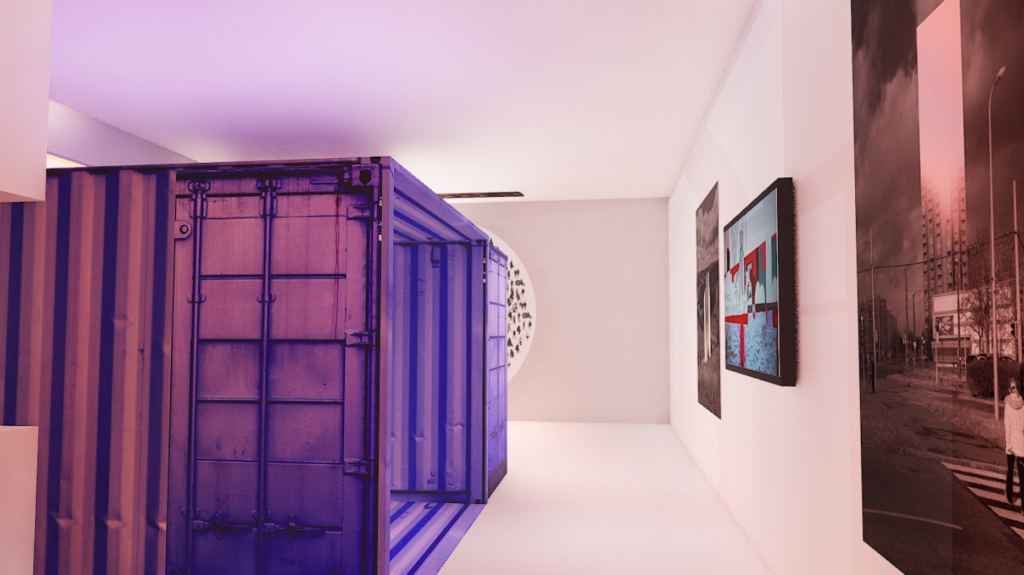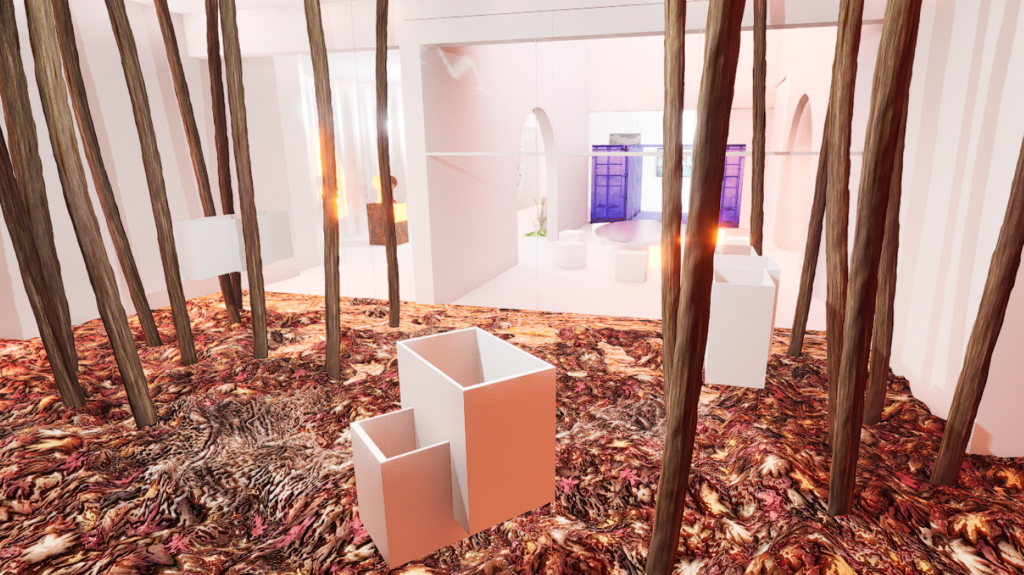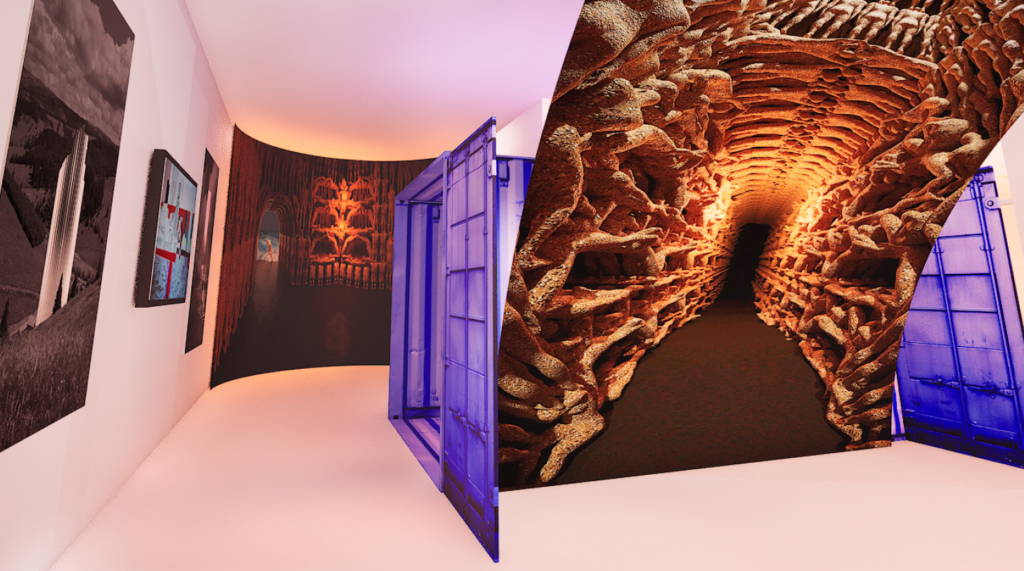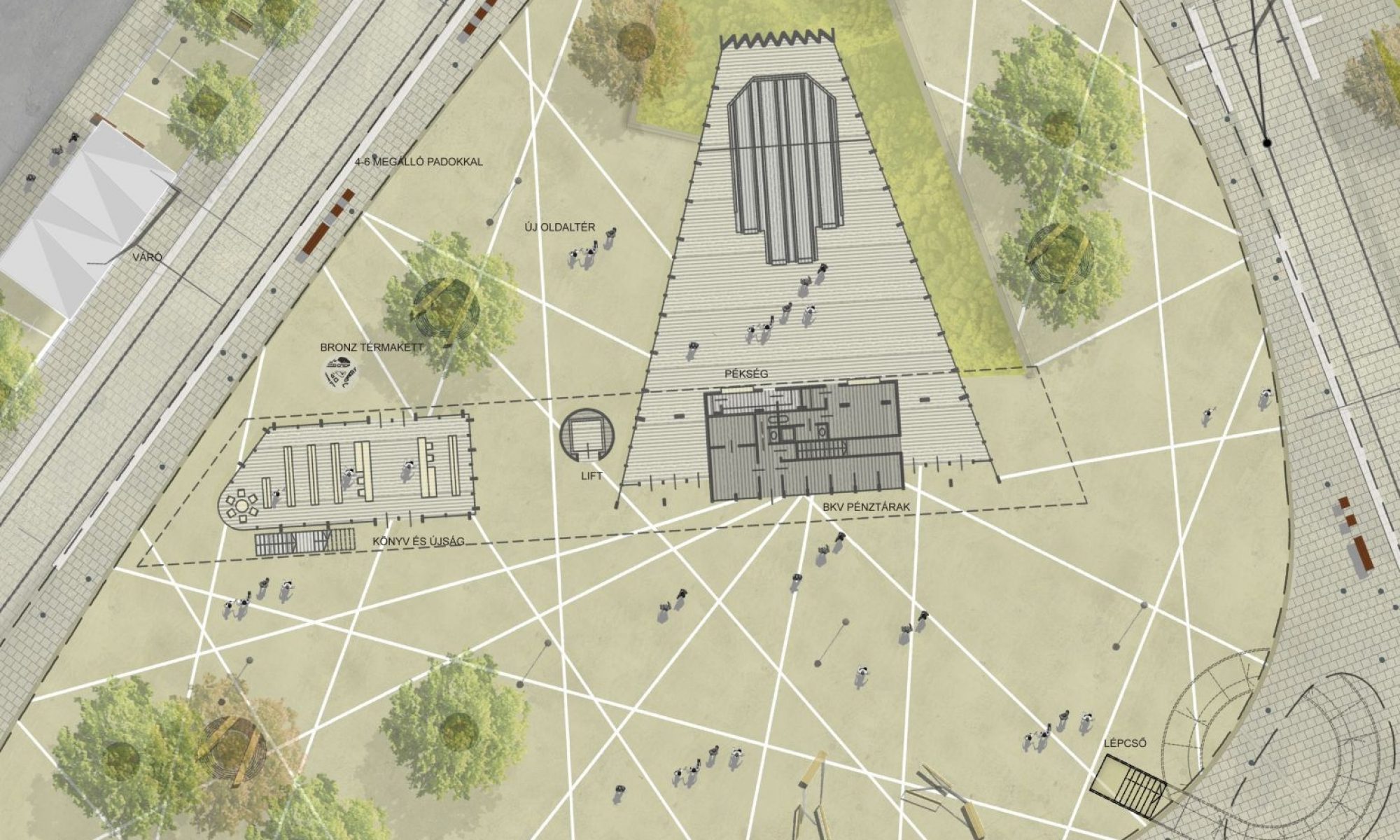Venue: Venice – Italy
Competition: 19th Venice Architecture Biennale – 2025
Call for entries: 2024. February
Curator: Géza KULCSÁR – researcher, writer, curator, founder of Urbanum Urban Research Foundation
Creators: Kristóf SZABÓ, Balázs CSIZIK, Zsolt ASZTALOS, Gusztáv HÁMOS – Katja PRATSHCKE, Martha KICSINY, Éva MAYER
Designers: Balázs ALMÁSI, GUBAHAMORI, Péter JUHÁSZ

The exhibition reveals the universality and uniqueness of urban space and the diversity of the almost infinite perspectives of design practice in the context of a speculative urban design lab. The main objective is to address and involve all city dwellers – all of us: through a tangible, representative example, the exhibition invites everyone to co-create and experience the forms, dynamics and dichotomies of the metropolis, in an open, collaborative discourse between and beyond professions, disciplines and creative methods.

The welcome courtyard is about arrival and reception: city and memory configurations that can be experienced by all visitors, a game of reimagining the Pavilion, Budapest and the cosmopolis. The three inner spaces (the two large halls and the corridor connecting them) not only evoke the imaginative topography of Budapest, but also address universal questions of the organization and organicity of urban space, the forms and possibilities of the urban representations and appearances of the natural, and the issue of inclusivity and visibility in the city.
The cosmopolis – a very own home for each of us, and an existing utopia that we are constantly building together.

The exhibition offers a number of layers of interpretation that interplay and dialogue with each other, but its basic purpose is twofold. The most important is to address the people of the city, all of us. To show, through a tangible, representative example, the universality inherent in the forms, dynamics and dichotomies of the metropolis. The other fundamental objective, in line with the intentions of the Architecture Biennale, is to stage an open discourse between professions, disciplines and methods, and more importantly, between professions, disciplines and methods, in the context of a community experience that transcends the disciplines and conventions of contemporary creative, design and architectural practice. The imaginative design table of the contemporary, unique and universal city offers an adequate space for this.
The exhibition is a speculative urban design lab that presents the universal-abstract and specific-concrete aspects of place and the almost infinite perspectives of design practice.
The case study is based on Budapest, a cosmopolitan city that we all know intimately and familiarly, a unified yet constantly fragmented world city. The basic situation, which transcends disciplines and routines, captures the condition in which the city, however deep its past, is constantly being reconstructed in the observer and the experiencer.

… “We have mentioned the dual nature of Budapest, which the exhibition mapped onto the pavilion building, emphasising the intimate proximity of space and representation, but also its formal diversity. The three spaces – Buda, the Danube and Pest – do not primarily reflect the built and natural character of the existing Budapest, but rather explore the images and concepts evoked by the ideal city beyond the city in a sensitive, accessible and non-didactic way.
The theme of the Buda-inspired room is the question of the objective and subjective boundaries of the city, the relationship between city and nature (separated and opposed or embedded in each other?). The speculative installation of Buda, with its more complex topography and richer natural elements than Pest, is developed in collaboration with landscape architect Balázs Almási. Among the natural elements and impulses are objects by Zsolt Asztalos, which represent the relationship between memory and building in an abstract, enigmatic form, drawing on the architectural model, and landscapes of similar inspiration, complemented by images by Balázs Csizik and Kristóf Szabó, which rewrite the landscape through the characteristic shapes of contemporary urbanism.”…

